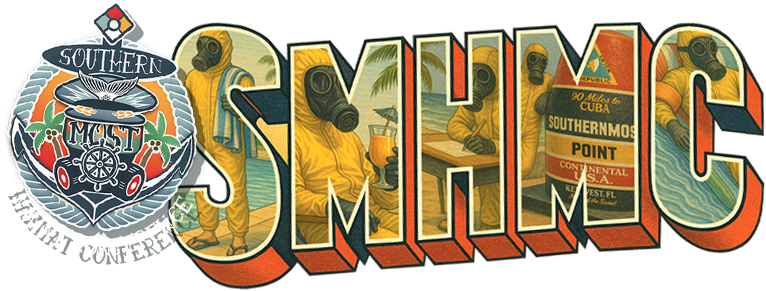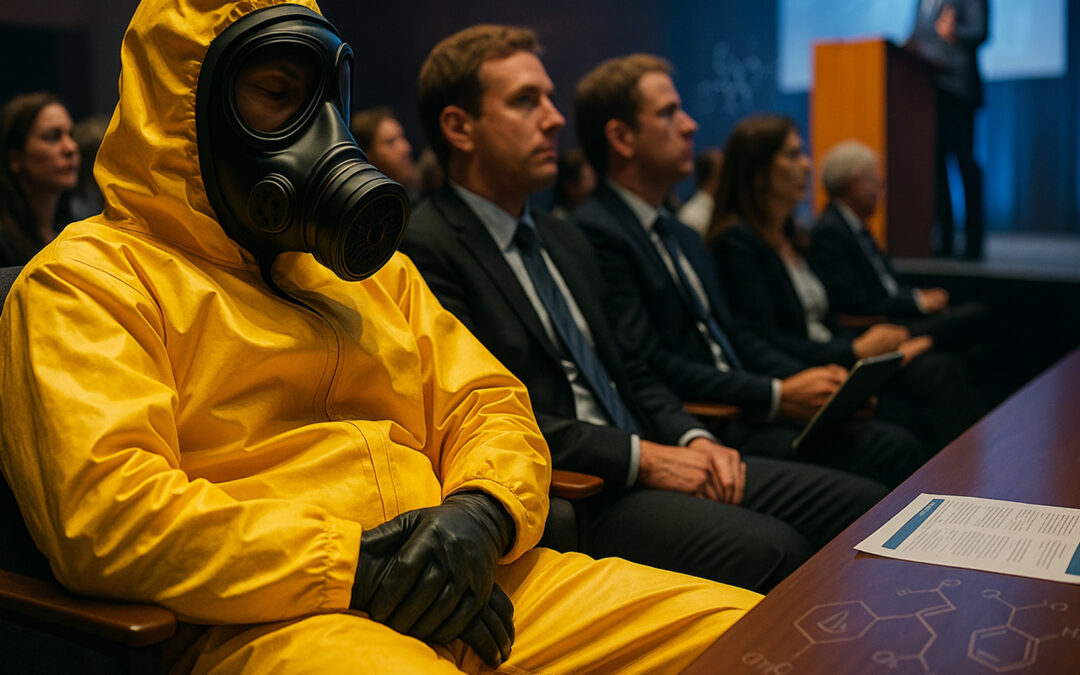Breaking the Conference Mold: Engaging Hazmat Training that Actually Works
If you’ve ever sat through a dull, PowerPoint-heavy training session, you know the struggle. Slide after slide, monotonous delivery, and a sea of disengaged faces—it’s a conference room nightmare. Bobby Salvesen and Mike Monaco, seasoned hazmat trainers, have seen it firsthand, and in a recent podcast episode, they tackled the issue head-on. Their key takeaway? Training in hazardous materials (hazmat) response needs a serious overhaul.
The Problem with Traditional Hazmat Training
Bobby and Mike had just returned from the Massachusetts State Convention, and their biggest gripe was the overuse of PowerPoint presentations. Instead of captivating audiences, many presenters used slides as a crutch, effectively putting participants into passive learning mode. But here’s the kicker: hazmat response isn’t a passive job. It requires quick thinking, teamwork, and real-world problem-solving skills—none of which are effectively developed through endless bullet points on a screen.
The issue isn’t just about boredom; it’s about retention. Studies show that people retain only about 10% of what they hear in lectures, but they remember 90% of what they do through hands-on learning. So why are we still relying on outdated methods?
A New Approach: Making Training Stick
Instead of leaning on slides, Bobby and Mike advocate for interactive learning experiences. Think about TED Talks—those speakers rarely rely on excessive slides, yet they captivate audiences worldwide. The same principles should apply to hazmat training.
Here are some alternative methods they discussed:
- Props and Demonstrations – A simple prop can make abstract concepts tangible. For example, instead of just talking about chemical reactions, why not demonstrate one in a controlled environment?
- Scenario-Based Learning – Realistic emergency scenarios force participants to think on their feet and apply knowledge in real time.
- Gamification – Bobby and Mike developed a hazmat-themed escape room where trainees solve chemical safety challenges under pressure. Not only does this boost engagement, but it also mimics the real-world decision-making required in hazmat emergencies.
- Debates and Discussions – Instead of one-way lectures, why not encourage discussion? Asking trainees to argue different response strategies gets them thinking critically and engaging deeply with the material.
Understanding the Science of Hazmat
Effective training also requires a strong foundation in the science behind hazardous materials. It’s not just about memorizing chemical names—it’s about understanding how different substances behave in various conditions. Key areas of focus should include:
- Chemical Hazards – What makes certain materials toxic, flammable, or reactive? Take lithium-ion batteries, for example. They are everywhere, but how many first responders fully understand thermal runaway and containment methods?
- Physical Properties – Vapor pressure, solubility, and state changes impact how hazardous materials spread. Teaching these concepts through relatable analogies—like comparing vapor pressure to a boiling pot of water—makes them easier to grasp.
Safety Training That Sticks
Of course, engagement is only part of the equation. Effective hazmat training must also emphasize safety protocols. Bobby and Mike stressed that instructors must communicate risk assessment methods clearly and practically.
For example, instead of merely listing steps for handling chemical spills, training should involve hands-on spill response exercises. This ensures trainees don’t just memorize procedures but actually develop the muscle memory needed to react effectively in high-stress situations.
The Future of Hazmat Training
If we want better-trained hazmat responders, we need to rethink how we teach them. The best training is interactive, engaging, and rooted in real-world application. Whether it’s escape rooms, hands-on drills, or lively debates, the goal is to make learning stick.
So, here’s the challenge:
- If you’re an instructor, how can you incorporate interactive elements into your teaching?
- If you’re a responder, what kind of training has helped you the most?
- And if you’re stuck in another PowerPoint-heavy session… maybe it’s time to demand something better.
Drop a comment and let us know your thoughts. How do you think hazmat training can be improved? Let’s start the conversation and push for better, more effective learning experiences in the field.


